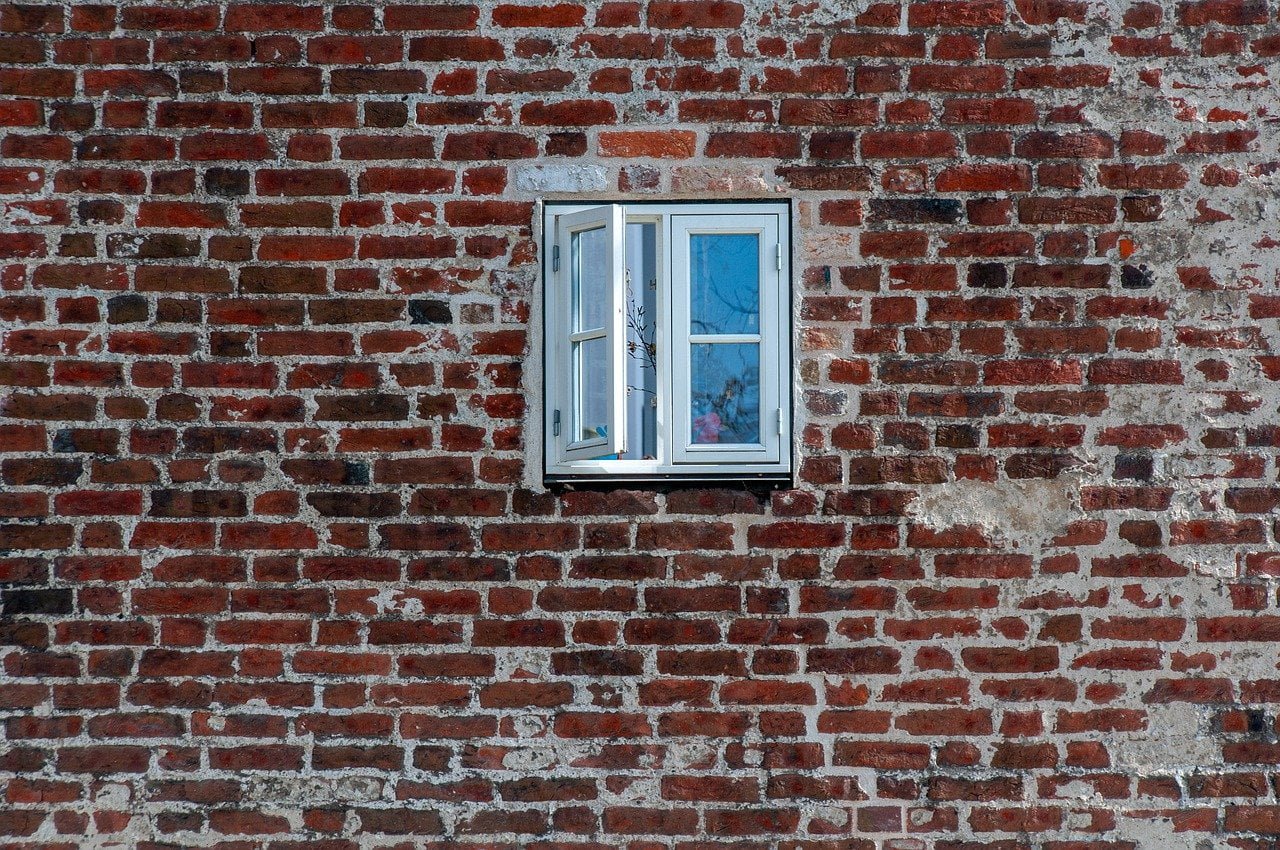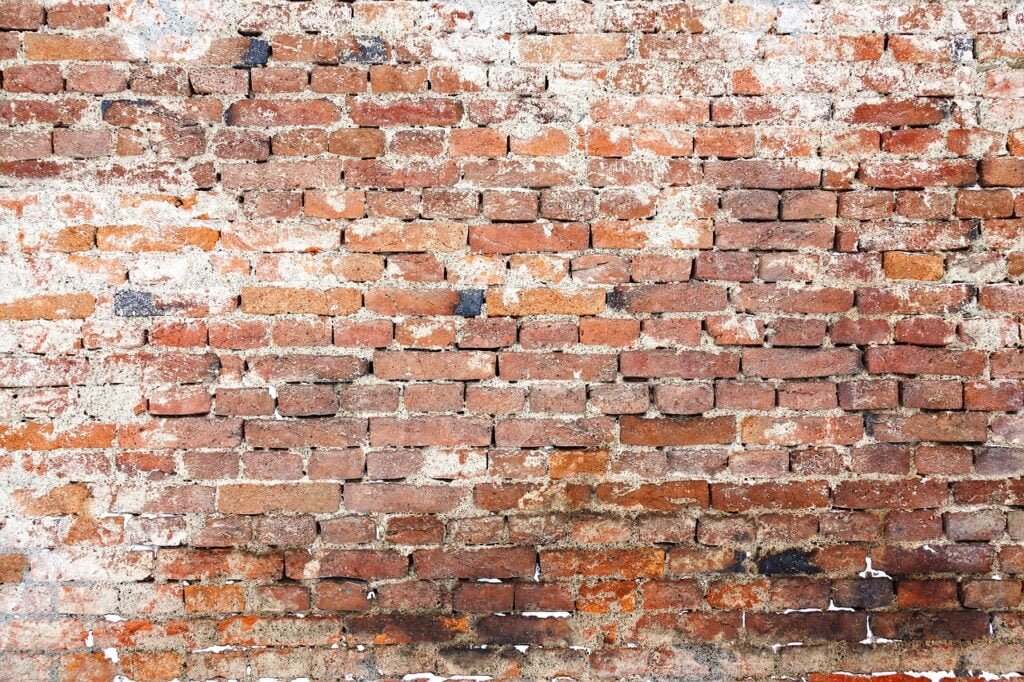In the realm of historic architecture and traditional masonry, the meticulous craft of tuckpointing stands as a silent guardian, preserving the aesthetic charm and structural integrity of age-old buildings. Often overlooked yet essential, this ancient technique serves a crucial purpose in maintaining the durability and appearance of brickwork. Let’s delve deeper into the world of tuckpointing and unravel its significance in architectural conservation.

Unveiling the Art of Tuckpointing
Tuckpointing, also known as repointing, is a specialized method used to repair or enhance the mortar joints between bricks or stone blocks. This meticulous process involves the removal of deteriorated mortar and the replacement with fresh mortar, all while maintaining the illusion of fine, uniform joints. The final finishing touch involves the application of a thin, contrasting line of putty or mortar, meticulously shaped to mimic the appearance of fine joints, hence the term ‘tuckpointing.’
The Structural Role of Tuckpointing
Beyond its aesthetic appeal, tuckpointing plays a critical role in safeguarding the structural integrity of buildings. Over time, exposure to weather elements, moisture, and age can lead to the erosion of mortar joints, compromising the stability of the overall structure. By undertaking tuckpointing, artisans effectively reinforce the bond between bricks, preventing water penetration, and subsequently averting potential issues like crumbling walls, dampness, and even fungal growth.
Preserving Architectural Heritage
In the realm of historic preservation, tuckpointing emerges as a vital tool for maintaining the authenticity and charm of centuries-old structures. From majestic cathedrals to quaint townhouses, many architectural marvels owe their longevity to the meticulous care provided by skilled craftsmen proficient in the art of tuckpointing. By seamlessly blending modern techniques with traditional craftsmanship, these experts breathe new life into heritage buildings while upholding their historical significance.
Enhancing Curb Appeal
Apart from its structural benefits, tuckpointing also enhances the curb appeal of buildings, adding a touch of elegance and sophistication to their façades. The crisp, clean lines achieved through expert tuckpointing work not only elevate the visual aesthetics but also contribute to the overall value of the property. Whether it’s a quaint cottage or a grand edifice, the artful precision of tuckpointing can transform any structure into a timeless masterpiece.
The Artistry Behind the Craft
At its core, tuckpointing is a harmonious blend of science, skill, and artistry. Mastering this age-old technique requires a keen eye for detail, precision in execution, and a deep appreciation for the heritage of masonry craftsmanship. From selecting the right mortar mix to meticulously shaping and smoothing the joints, every step in the tuckpointing process demands finesse and expertise.
Conclusion
In a world defined by rapid urbanization and modern construction practices, the enduring legacy of tuckpointing serves as a poignant reminder of the timeless artistry embedded in architectural preservation. Beyond its practical benefits, tuckpointing embodies a deep respect for tradition, craftsmanship, and the rich history woven into the very fabric of our built environment. Just as each delicate stroke of the tuckpointing tool revitalizes the mortar joints, it also revitalizes our connection to the heritage of our architectural past, ensuring that its beauty endures for generations to come.


